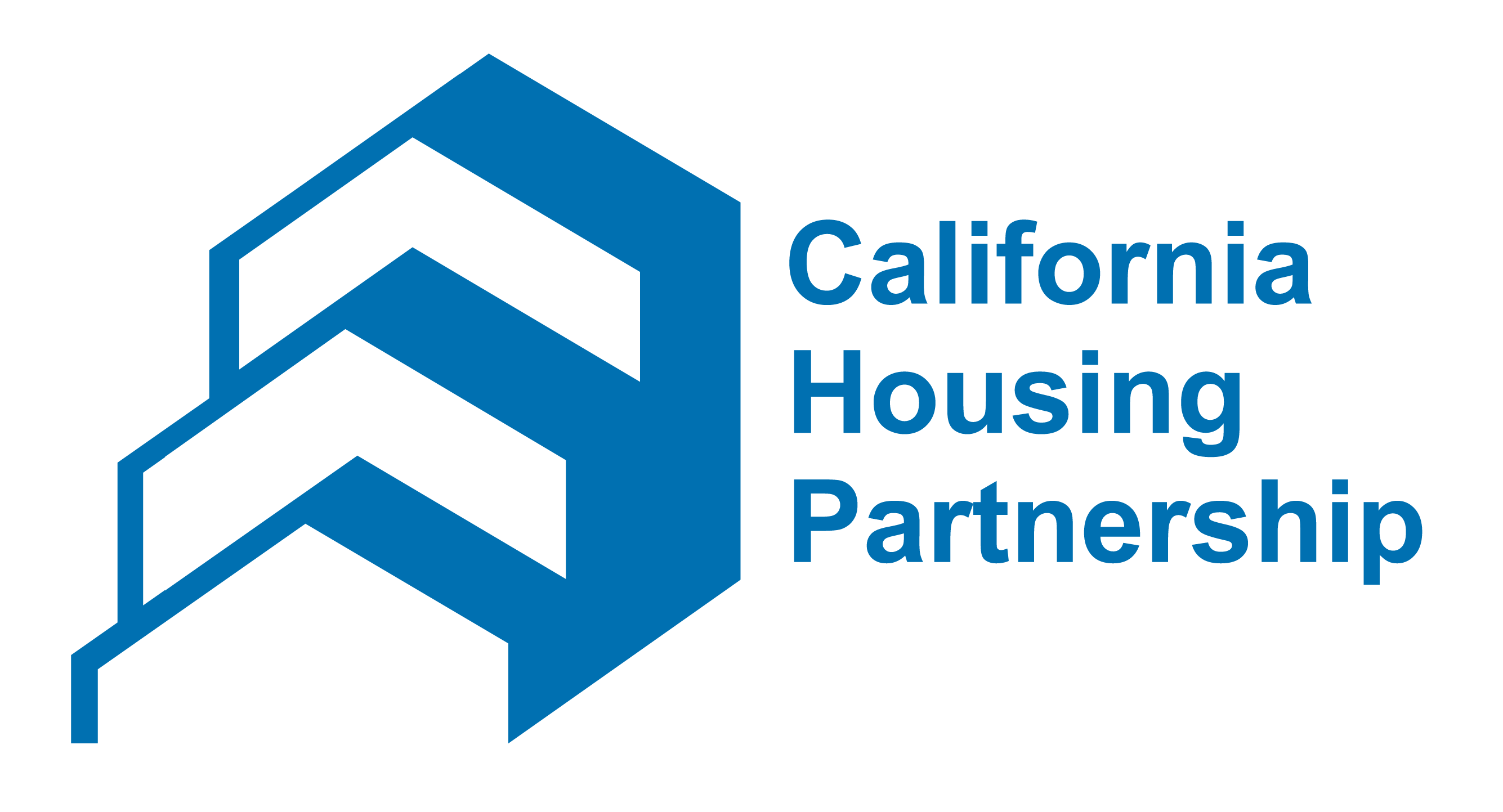In an April 16th post from President & CEO Matt Schwartz, the California Housing Partnership made the case that while Congress, the Governor and the Legislature have taken important steps to address the needs of renters, there is a ticking financial time bomb represented by low-income households living in rent-restricted housing unsupported by rent subsidies, who have lost substantial income due to COVID-19 and will be unable to pay their full rent for months to come. The federal and state government have already invested more than $100 billion creating these 380,000 homes in California.[1] Located in 4,372 affordable housing developments throughout the state, these homes house the state’s lowest-income, most vulnerable populations, many of whom will become homeless if they lose access to this precious housing.[2]
New research by the California Housing Partnership finds that this pandemic-triggered reduction in tenant rent payments, if it continues for months without redress by the federal or state government, will likely push 3,450 of these developments into insolvency. Although these developments are rent-restricted for up to 55 more years, default and foreclosure will generally erase all affordability requirements. As a result, 79% of California’s precious affordable rental homes are at imminent risk of loss, absent public intervention.
Assuming a potential 50% reduction in tenant rent payments, California’s affordable rental housing developments could face a $1.7 billion loss in rental income over the next year from the current economic downturn brought on by the COVID-19 pandemic.[3] The Partnership’s new research shows that the aggregate financial need to keep these developments out of insolvency/default over the twelve-month period of April 2020 to March 2021 is approximately $1 billion.
In addition to calling for further federal action, the Partnership calls on federal and state leaders to provide $1 billion in the form of breakeven financial assistance to affordable housing providers experiencing COVID-19-related negative cash flow in return for forgiving tenant non-payments. This assistance will preserve tenancies and prevent homelessness, as well as avoid the loss of our precious affordable housing stock. The Partnership is supporting the work of the California Housing Consortium and others who have incorporated this request into the “Keeping California Housed” campaign.
For more information about this research and recommended responses, please contact Mark Stivers at mstivers@chpc.net.
APPENDIX A: DETAILED METHODOLOGY AND SOURCES
The analysis described above relied on 2018 annual residential operating expenses data obtained from the California Tax Credit Allocation Committee (TCAC) for affordable housing developments receiving Low-Income Housing Tax Credits (LIHTC) statewide. The data is submitted to TCAC by owners of placed-in-service LIHTC developments and includes property-level information on annual rental revenue, debt service payments, operating expenses, and operating reserve levels. The Partnership also leveraged property-level data from our own Preservation Database (viewable through our Affordable Housing Benefits Map) to determine which LIHTC developments are currently receiving property-based rental assistance from contracts with the U.S. Department of Housing and Urban Development (HUD) and/or the U.S. Department of Agriculture (USDA) Rural Development Housing (RD) programs.
In addition to using TCAC’s residential operating expenses data, combined with project-based rental assistance data from our Preservation Database, we approximated the number of homes benefitting from tenant-based rental assistance by assuming that an average of 10% of tenants in LIHTC developments are receiving this rental assistance directly. These inputs enabled the Partnership to estimate the number of LIHTC developments and homes that will likely experience COVID-19-related negative cash flow if 50% of tenants are unable to pay rent in the coming months, and the aggregate of the negative cash flow itself.
The Partnership excluded from this analysis developments awarded LIHTCs in 2018 and 2019 because it is unlikely that these developments have completed construction and been leased up (or “placed-in-service”). Since the TCAC data consists of voluntary owner submissions and 33 percent of LIHTC-awarded developments did not submit operating expenses data, we applied an adjustment factor to ensure that the estimates above represent the full LIHTC portfolio. In doing so, we relied on the assumption that expenses and revenues for developments with reported operating expenses data are comparable to developments without such data.
FOOTNOTES
[1] The number of developments (4,372) and affordable homes (380,000) includes all affordable developments awarded Low-Income Housing Tax Credits (LIHTC) from the program’s inception in 1987 to 2017 that are still providing affordable housing. Developments awarded LIHTCs in 2018 and 2019 were not included in this analysis because it is unlikely they have completed construction and been leased up (or “placed-in-service”).
[2] To see the locations and details of these developments, please use the Partnership’s Affordable Housing Benefits Map here: https://chpc.net/affordable-housing-benefits-map/
[3] This figure is based on TCAC’s rental revenue data combined with the Partnership’s data on project-based rental assistance and the assumption that 10% of LIHTC tenants are receiving tenant-based rental assistance apart from the property-based assistance.
